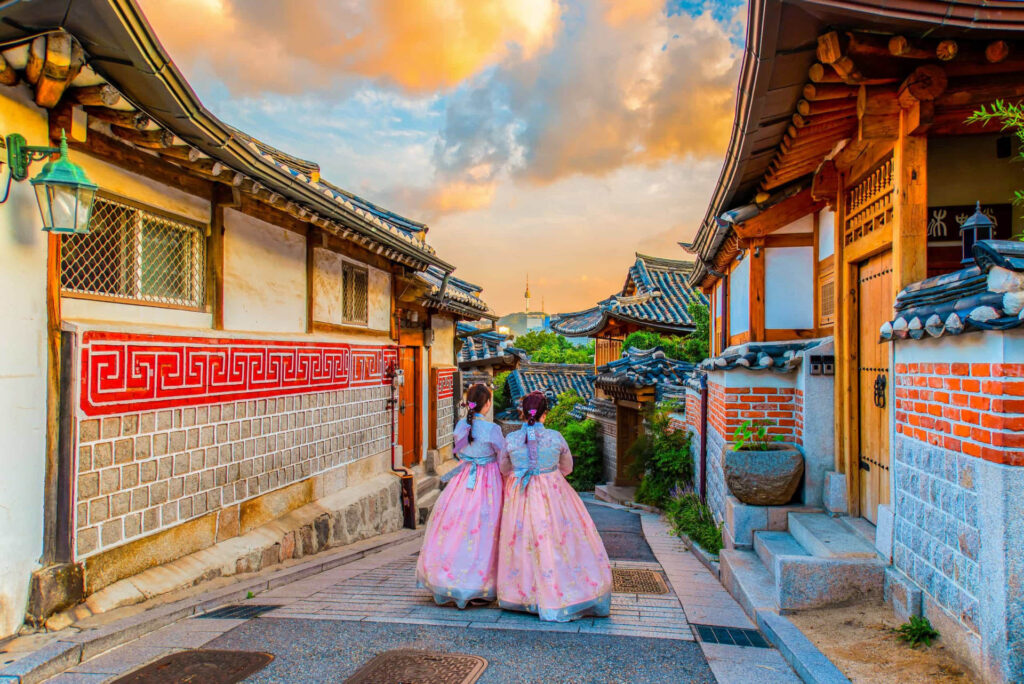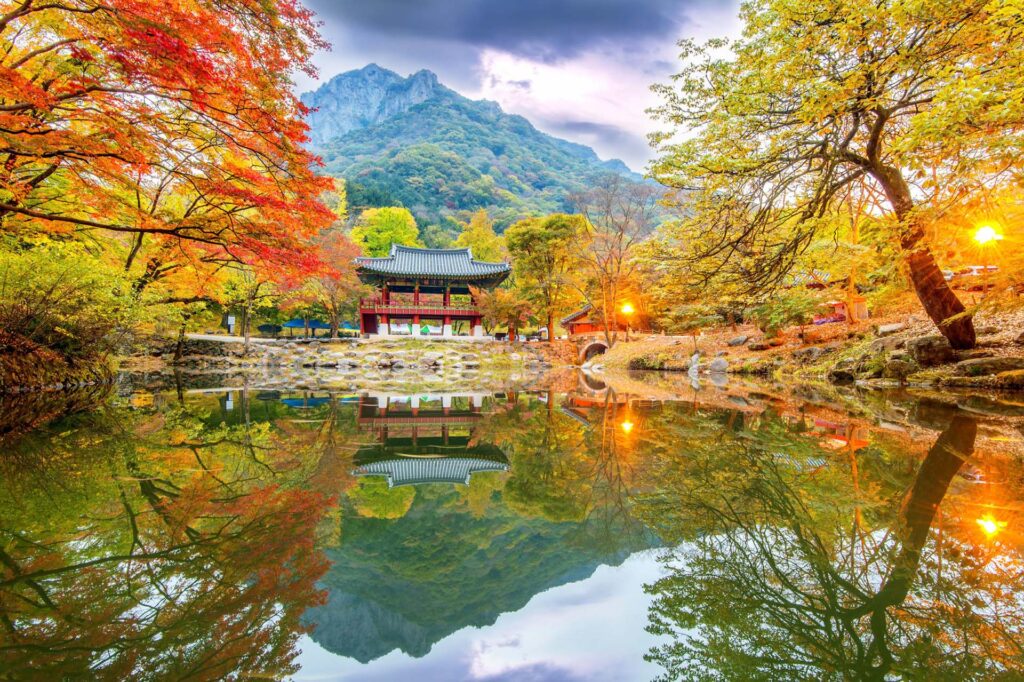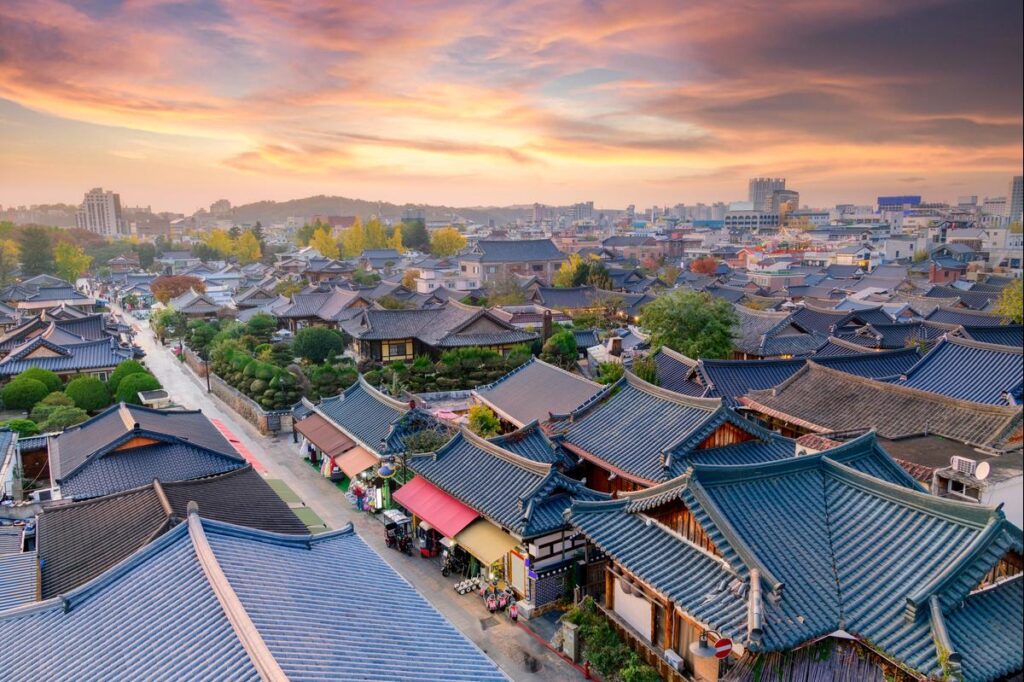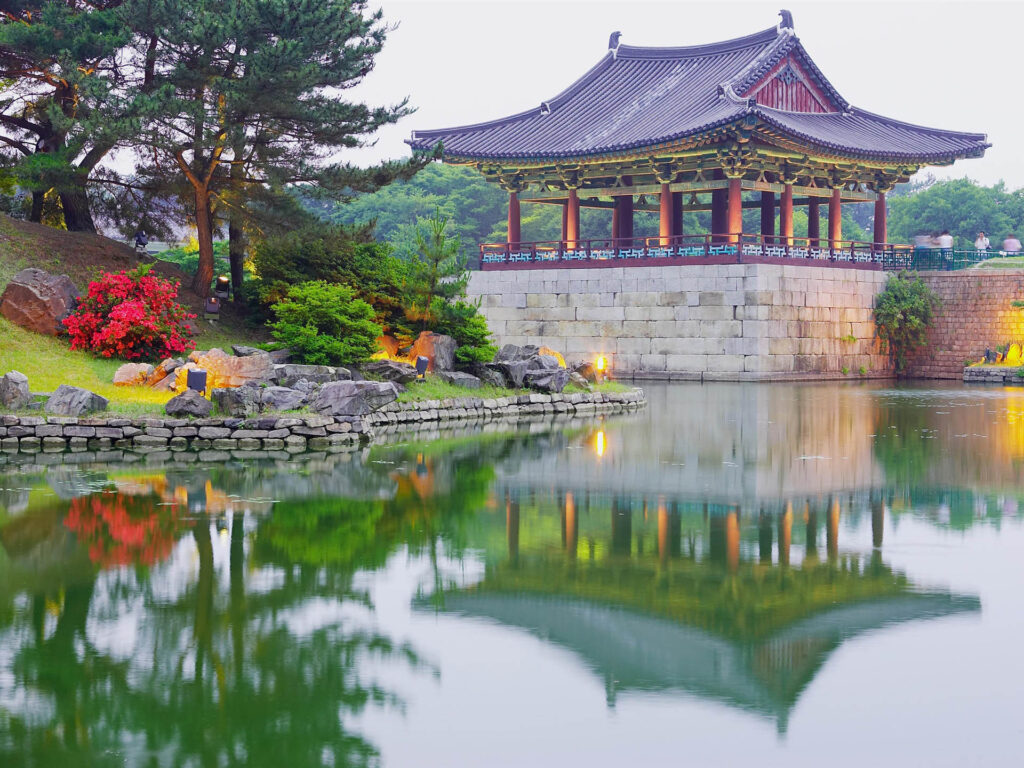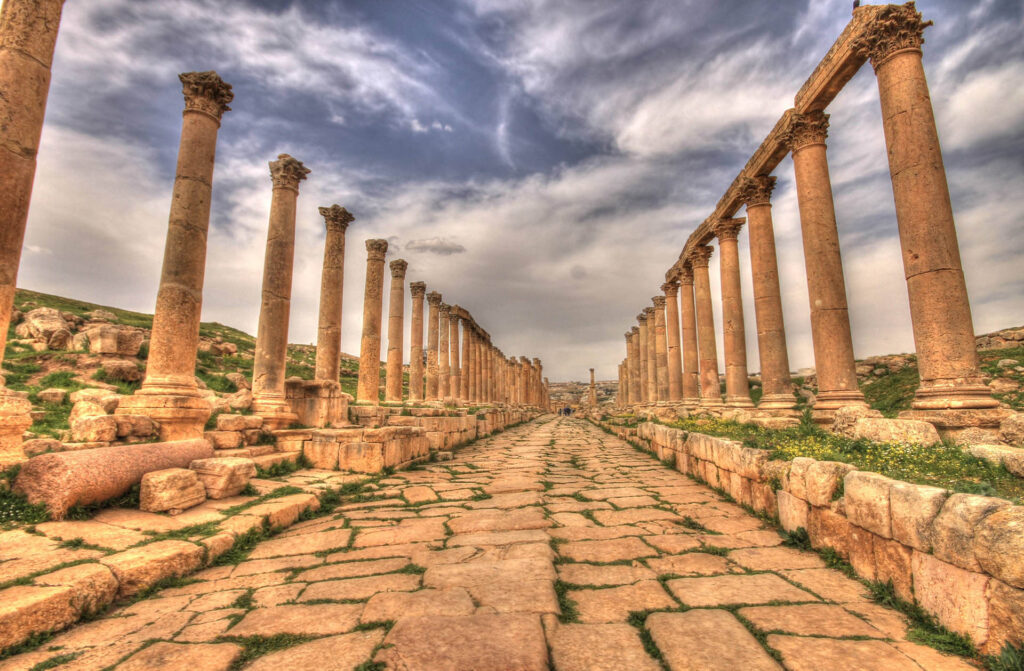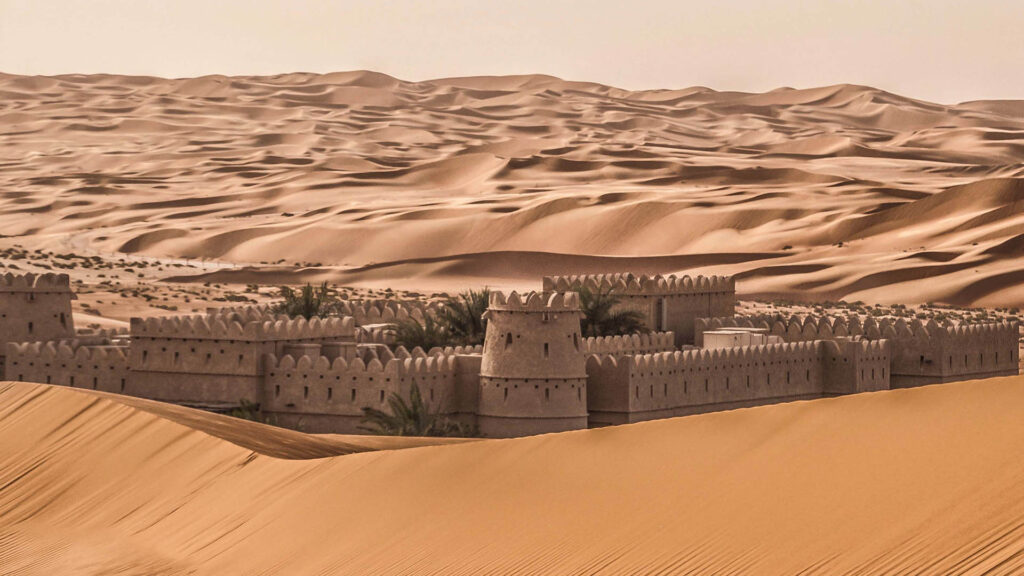Nestled along the banks of the Yellow River in Henan Province, China, the Longmen Grottoes stand as a remarkable testament to the artistic and spiritual legacy of Chinese Buddhism. This breathtaking complex of carved caves and niches, adorned with thousands of intricate statues and reliefs, is a UNESCO World Heritage Site that has captivated visitors for centuries. Join us on a journey through this extraordinary cultural treasure, where the ancient artistry of human hands has created an enduring masterpiece that transcends time and space.

The Longmen Grottoes: A Masterpiece of Buddhist Art Carved in Stone
The Origins and History of the Longmen Grottoes
The Birth of a Sacred Site
The origin of the Longmen Grottoes can be traced back to the Northern Wei Dynasty (386-534 AD), when the first caves were carved into the limestone cliffs along the Yellow River. This initial endeavor was inspired by the desire to create a sacred space for Buddhist worship and artistic expression, reflecting the growing influence of Buddhism in ancient China.
Expansion and Artistic Flourishing
Over the course of several dynasties, from the Northern Wei to the Tang Dynasty (618-907 AD), the Longmen Grottoes underwent a remarkable expansion. New caves were continuously carved, and existing ones were elaborately decorated with intricate sculptures, bas-reliefs, and frescoes, showcasing the rich cultural and artistic traditions of the time.
Periods of Decline and Rediscovery
Like many ancient sites, the Longmen Grottoes faced periods of neglect and even destruction throughout history. However, the resilience of these masterpieces ensured their survival, and in the early 20th century, they were rediscovered and brought to the attention of scholars and archaeologists, sparking efforts to preserve and study this remarkable cultural heritage.
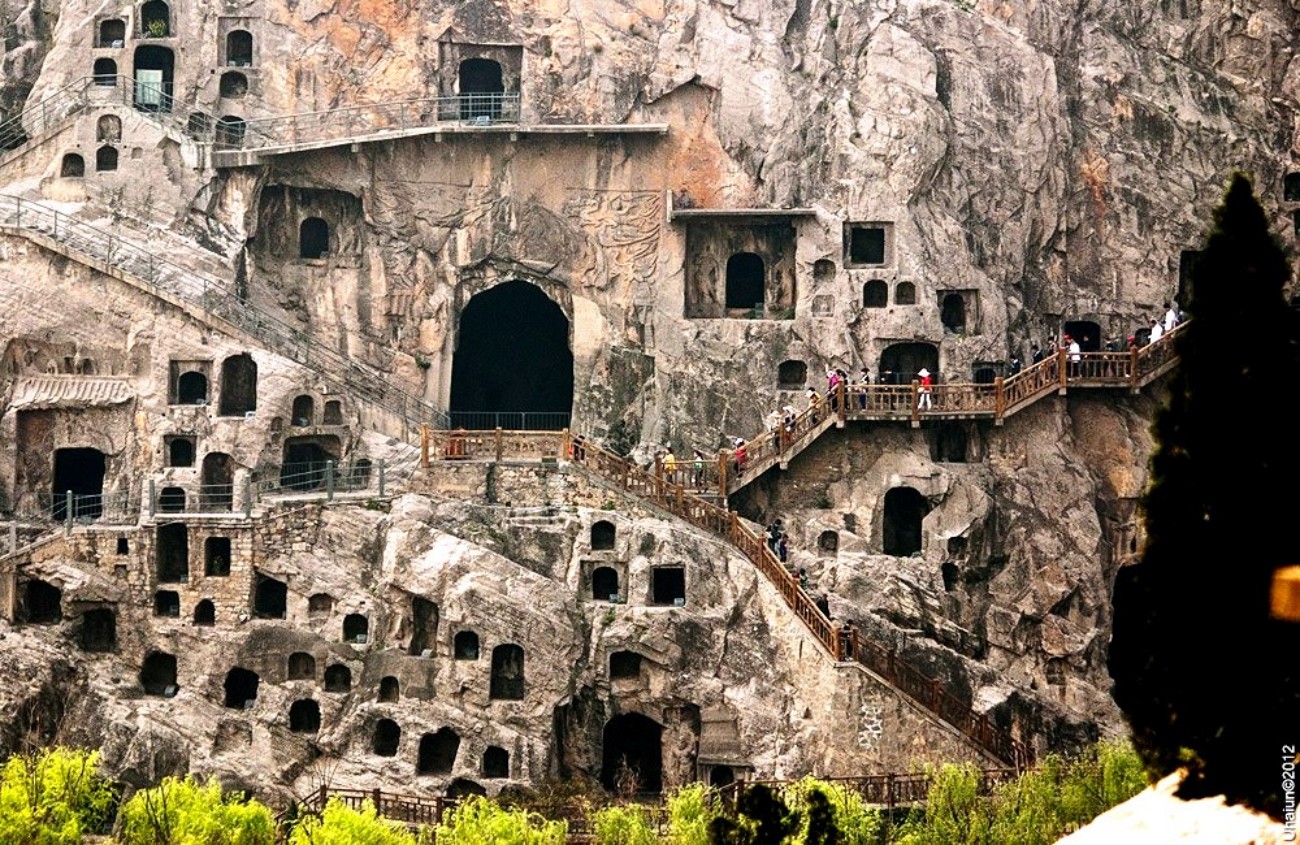
The Longmen Grottoes: A Masterpiece of Buddhist Art Carved in Stone
An Artistic Treasure Trove: Exploring the Longmen Grottoes
The Scale and Diversity of the Carvings
The Longmen Grottoes are a true marvel of human ingenuity and artistic expression. Spanning over a kilometer along the cliffs, the complex comprises an astonishing 2,345 grottoes, adorned with an estimated 100,000 Buddhist statues and more than 2,800 inscribed stone tablets. This sheer scale and diversity of carvings leave visitors awestruck, each cave and niche revealing a new aspect of the artistic and spiritual traditions of ancient China.
Masterpieces of Buddhist Sculpture
Among the countless sculptures that adorn the Longmen Grottoes, several standout as true masterpieces of Buddhist art. The Vairocana Buddha, a colossal 17-meter-tall statue carved during the Tang Dynasty, is a breathtaking sight, its serene expression and intricate details a testament to the skill of the ancient artisans. Other notable sculptures include the Binglingsi Buddha, a monumental figure carved directly into the cliff face, and the intricate reliefs depicting scenes from Buddhist sutras and the lives of the Buddha.

The Longmen Grottoes: A Masterpiece of Buddhist Art Carved in Stone
Frescoes and Inscriptions: Windows into the Past
In addition to the magnificent sculptures, the Longmen Grottoes are adorned with vibrant frescoes and inscriptions that provide invaluable insights into the beliefs, customs, and daily life of ancient Chinese societies. The frescoes, with their vivid colors and intricate details, depict scenes from Buddhist legends, while the inscriptions record historical events, religious teachings, and the names of patrons and artisans who contributed to the creation of this remarkable site.
The Longmen Grottoes and Their Significance
A Masterpiece of Buddhist Art and Architecture
The Longmen Grottoes are widely regarded as one of the most significant masterpieces of Buddhist art and architecture in China, and indeed, the world. The sheer scale, artistic quality, and historical significance of the carvings have earned them a place among the most prestigious UNESCO World Heritage Sites, ensuring their preservation for future generations to appreciate and study.
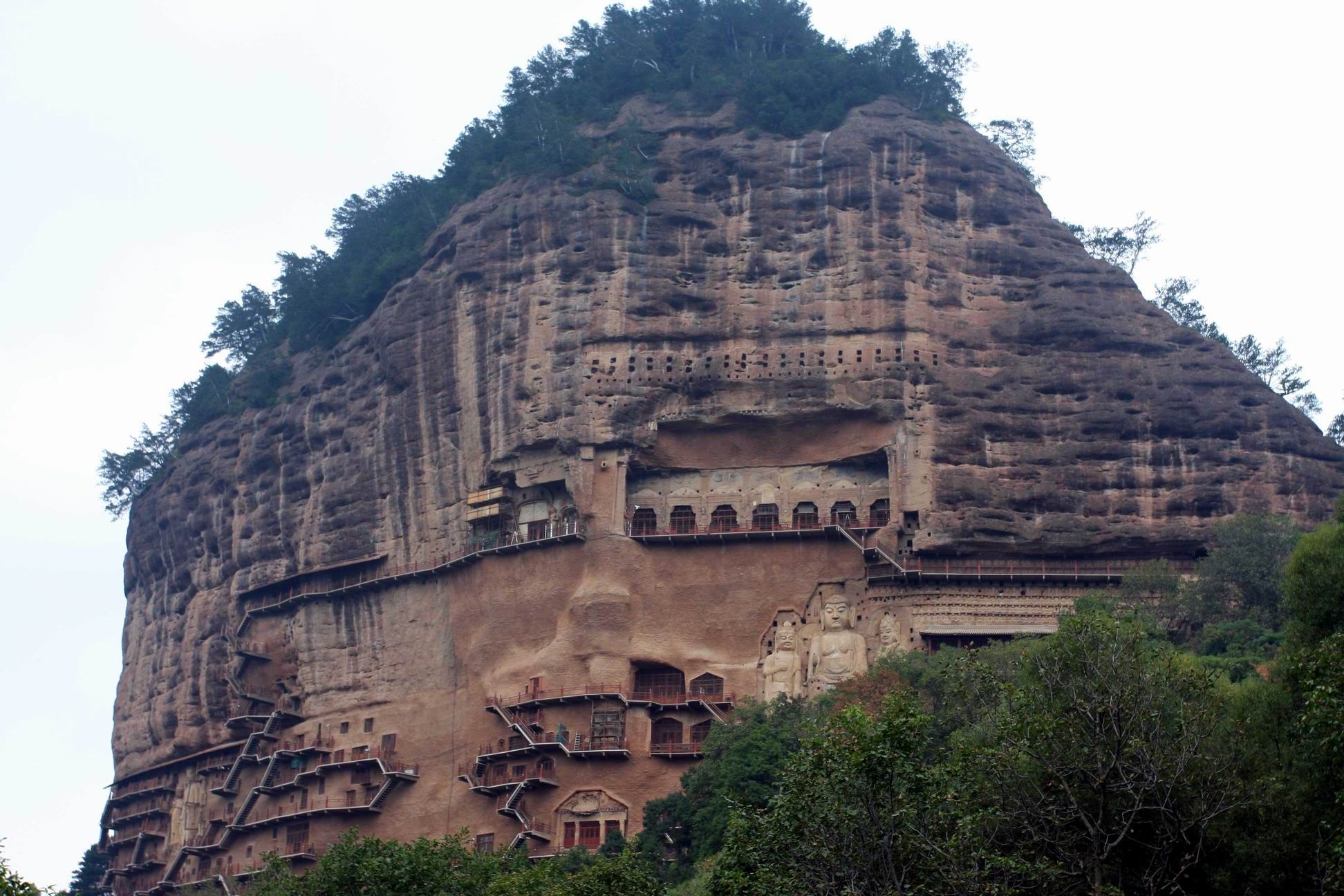
The Longmen Grottoes: A Masterpiece of Buddhist Art Carved in Stone
A Reflection of Cultural Exchange and Influence
Beyond their artistic and religious significance, the Longmen Grottoes also serve as a powerful testament to the cultural exchange and influence that occurred along the ancient Silk Road. Elements of Indian, Central Asian, and even Greek artistic styles can be discerned in the carvings, reflecting the cross-pollination of ideas and artistic traditions that took place as Buddhism spread from India to China.
A Living Legacy: Preservation and Tourism
Today, the Longmen Grottoes remain a living legacy, attracting visitors from around the world who come to marvel at the artistic wonders and absorb the spiritual atmosphere of this sacred site. Efforts are underway to preserve and protect the grottoes from the ravages of time and environmental factors, ensuring that this remarkable cultural treasure remains accessible for generations to come.
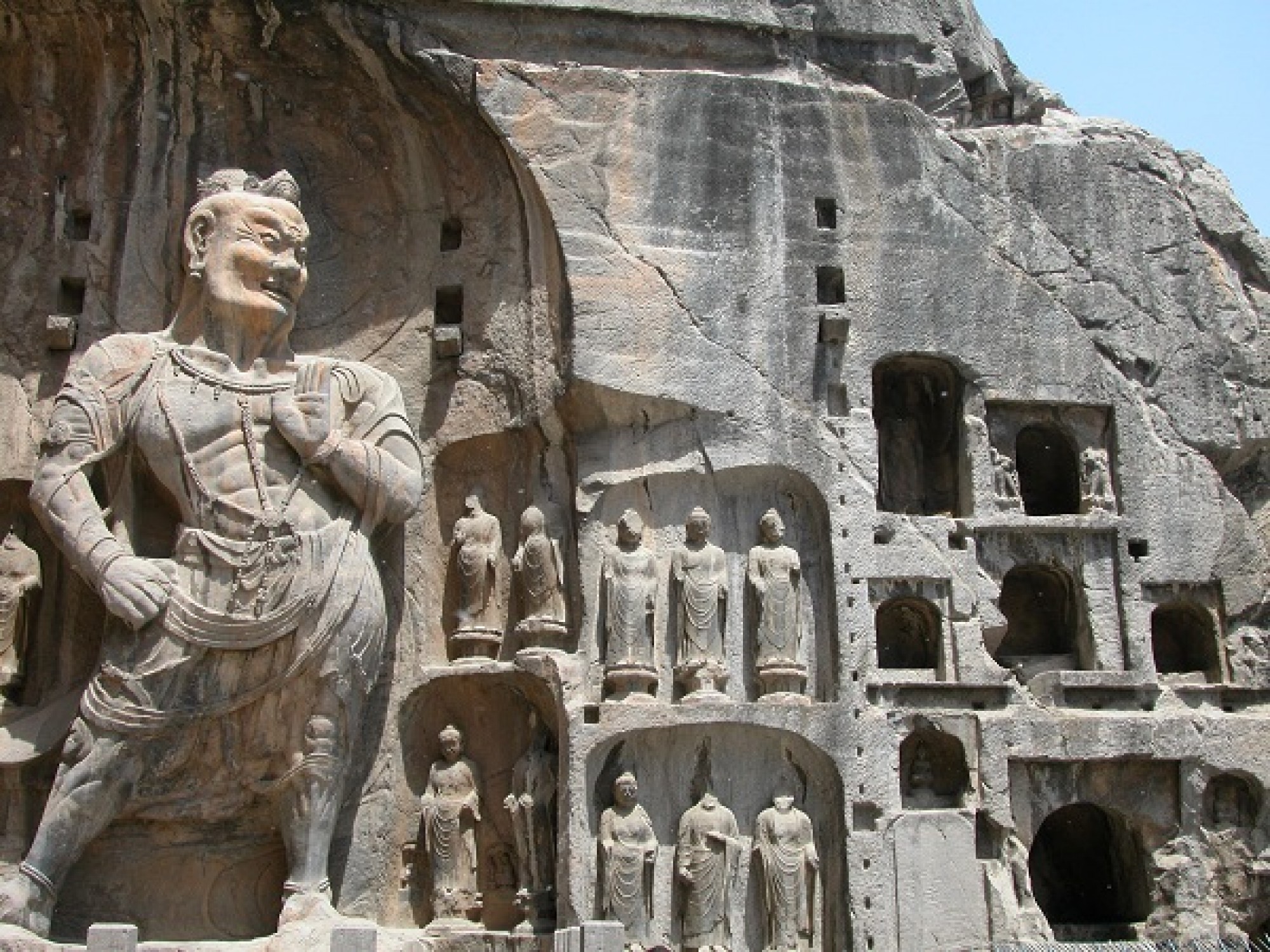
The Longmen Grottoes: A Masterpiece of Buddhist Art Carved in Stone
Visiting the Longmen Grottoes: A Memorable Experience
Navigating the Complex: Tips for Visitors
Given the vast size and complexity of the Longmen Grottoes, it is essential for visitors to plan their visit carefully. Consider hiring a knowledgeable guide who can provide insights into the historical and cultural significance of the carvings, as well as highlight the most notable and impressive grottoes. Additionally, be prepared for a fair amount of walking and climbing, as many of the caves and niches are located along the cliffs and require some physical exertion to reach.
Best Times to Visit
The Longmen Grottoes are open year-round, but the best times to visit are during the spring and fall months, when the weather is mild and comfortable for exploring the outdoor sites. Summer can be quite hot and humid, while winter can be chilly, making it less pleasant for extended visits.
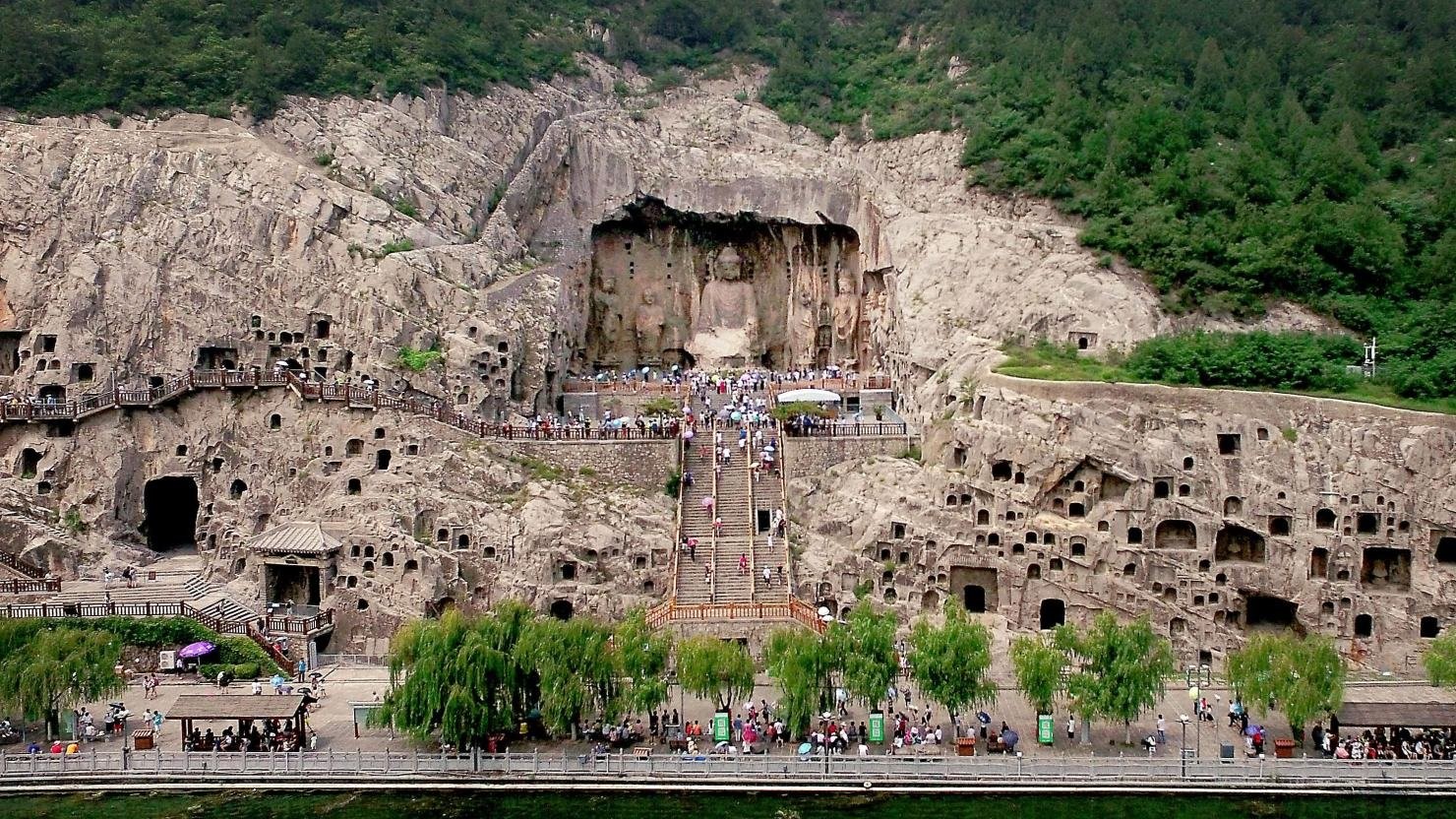
The Longmen Grottoes: A Masterpiece of Buddhist Art Carved in Stone
Nearby Attractions and Accommodations
While the Longmen Grottoes are the main draw in the area, visitors can also explore nearby attractions, such as the Shaolin Temple, famous for its martial arts traditions, and the ancient city of Luoyang, once the capital of several dynasties. Accommodations ranging from budget hotels to luxury resorts are available in the nearby towns and cities, making it easy to plan a multi-day visit to fully appreciate the region’s rich cultural heritage.
Whether you are a lover of art, history, or spirituality, the Longmen Grottoes offer a truly awe-inspiring experience. As you wander through the ancient caves and gaze upon the intricate carvings, you cannot help but feel a deep sense of reverence for the skill and dedication of the artisans who created this enduring masterpiece. The Longmen Grottoes stand as a powerful reminder of the human spirit’s capacity for artistic expression and spiritual devotion, a testament to the enduring legacies that can be carved into stone and etched into the collective memory of humanity.

